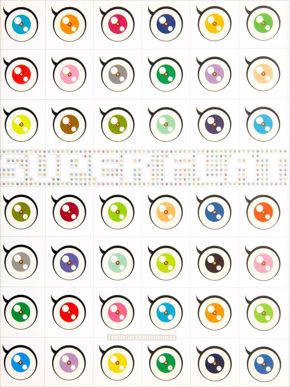How to Make an Artist’s Manifesto: Recipe for Revolution December 2, 2015
The exhibition “Violence and Precision”: Artists’ Manifestoes, on view at the Hirsch Library, features a selection of artists’ manifestoes from the early 20th century to the present.
What is an artist’s manifesto, anyway? Crafted to persuade and convert readers, manifestoes are public declarations describing a person or group’s policies, goals, and opinions. In 1918, avant-garde writer Tristan Tzara addressed the topic in the Dada Manifesto.
In his pithy style, Tzara wrote that “to proclaim a manifesto you have to want: A.B.C., thunder against 1, 2, 3, lose your patience and sharpen your wings to conquer and spread little ABCs and big ABCs . . .” Tzara refers to the standard “recipe” for a manifesto: all the ingredients that create a movement’s urgency and vigor.
Manifestoes played a critical, defining role in many artistic movements of the 20th century as Futurists, Dadaists, and Surrealists embraced their power to challenge orthodoxy and fundamentally change visual practice.
How to make an artist’s manifesto
As Futurist leader F. T. Marinetti recommended, artists imbue their manifestoes with “violence and precision” to energize a group against a common threat and lay out a plan for future action.
Step 1
Designate an enemy and chronicle a fervent (and somewhat limited) history of persecution leading up to the climactic moment of rupture.
In his 1909 manifesto, Marinetti—who initiated the “Manifesto moment” in the early 20th century—pitted Futurism against Italy’s history and traditions, claiming that artists and writers were suffering under the weight of the past.
Step 2
List demands and declarations in response to wrongdoings.
In The Realistic Manifesto (1920), Russian constructivist Naum Gabo listed color, line, and volume amongst the elements he was renouncing in favor of space and time as essential artistic elements.
Step 3
Antagonize a group and pit “us” against “them” in an aggressive call for action.
This language unifies “us” and makes others feel included, as in the “Superflat” manifesto when Takashi Murakami asks “Where is our reality?” He proposes Superflat as a special quality of Japanese art that separates it from Western influence.
See “Violence and Precision” on view at the Hirsch Library through February 28. Admission to the Hirsch Library is always free.






